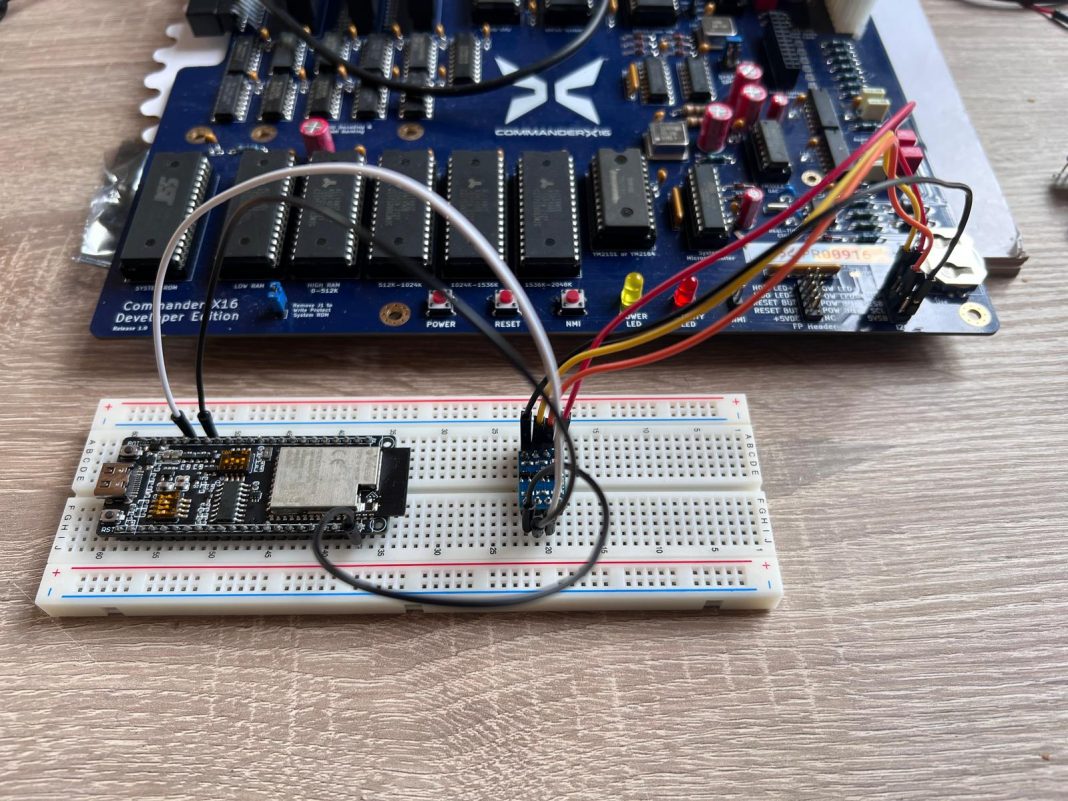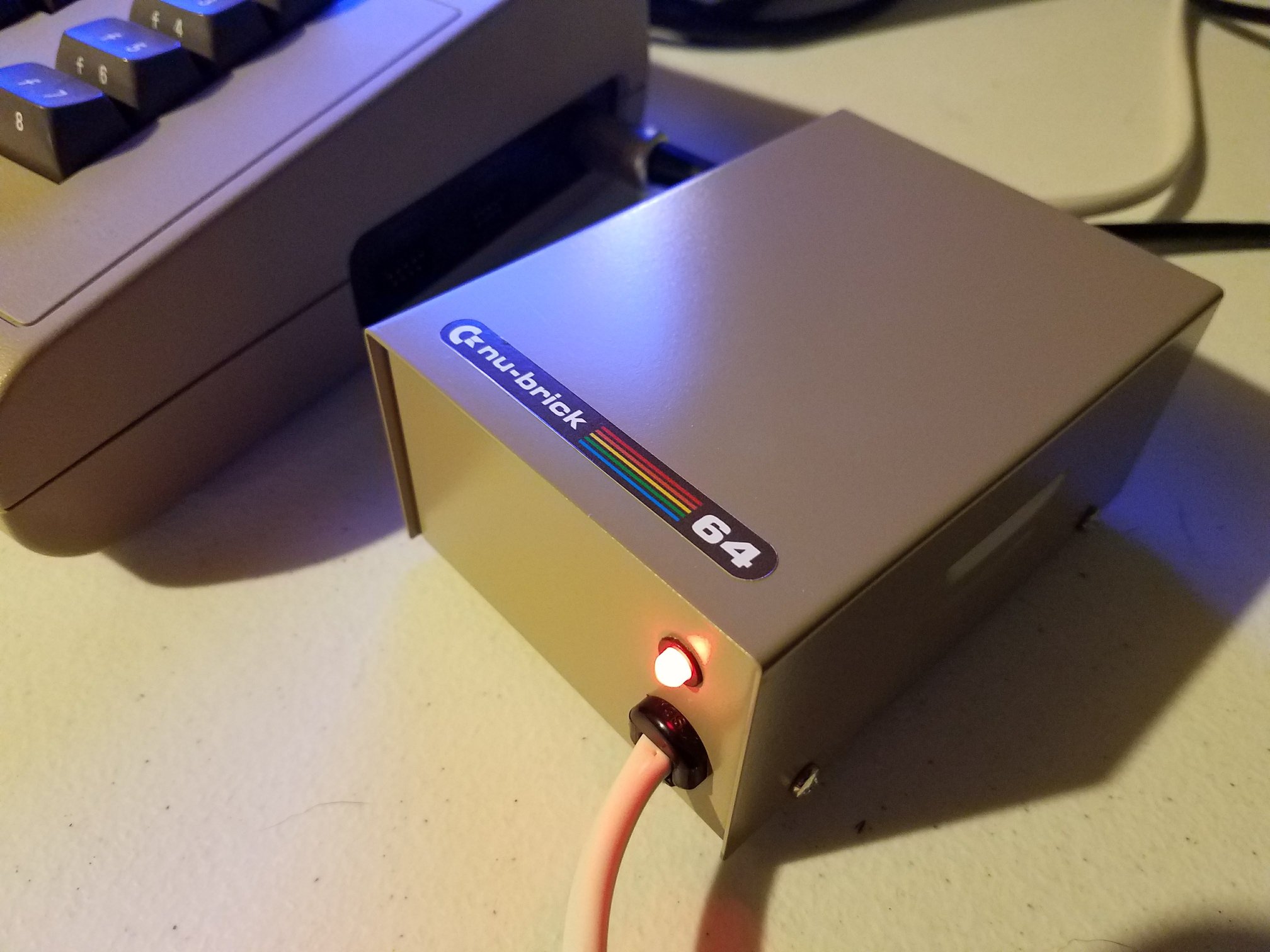The RetroLink Internet Adapter offers a simple and flexible way to bring online connectivity to the Commander X16—whether you’re running it on real hardware or in the emulator. Designed with curious developers in mind, RetroLink bridges vintage computing with modern networking using just two inexpensive parts: an ESP32 and a level shifter.
Currently, RetroLink is a proof-of-concept, and while it does work, its usability may vary depending on your specific project needs. It’s meant to get the basics working—and it does. However, major improvements and expanded features are planned for version 1.0, making it well worth keeping an eye on.
Despite its early stage, RetroLink already enables online development and experimentation for retro coders—and that’s a big step forward for the Commander X16.
Hardware Simplicity Meets Functionality
The hardware side of the RetroLink Internet Adapter is refreshingly straightforward. An ESP32 module paired with a two-channel level shifter is all it takes to get your X16 talking online.
The level shifter converts the Commander X16’s 5V I²C signals to the 3.3V required by the ESP32. Versions with built-in pull-up resistors are recommended, but if yours doesn’t include them, adding two 4.7 kΩ resistors will do the trick. Supported modules are widely available in both Europe and the US, including AliExpress.
Right now, the firmware expects an ESP32-S2 with SDA on pin 16 and CLK on pin 17. However, a transition to the ESP32-C3 is in the works, offering smaller size, lower cost, and better power efficiency.
Emulator Integration for Development
If you’re using the X16 emulator, you’re covered. RetroLink includes a custom build of the X16 emulator with full RetroLink support baked in. Just drop the modified emulator in your working folder, back up your original, and get coding.
On the emulator, RetroLink doesn’t actually join Wi-Fi networks—it simply uses the host’s internet connection, letting you test your code with ease. Try out the included httpget.prg to see it in action.
Demo in Action
Included with the project is a working Assembly demo that does the following:
- Detects RetroLink
- Displays the firmware version
- Connects to Wi-Fi (on real hardware)
- Performs an HTTP GET request
- Strips and prints HTML from the response
This isn’t just for show—it’s a functional toolset for retro developers who want to bring the internet to their projects.
Designed with Developers in Mind
RetroLink was built on three core principles:
- Cost-Effective: Just two easy-to-find components.
- DIY-Friendly: No soldering marathon required.
- Fully Emulated: Develop in the emulator, then run on real hardware—seamlessly.
Looking ahead, a dedicated server is in development to support multiplayer games and collaborative tools. Keep an eye out for updates.
Want One? Build One.
RetroLink isn’t available as a pre-built kit—yet. For now, curious developers can source their own ESP32 and level shifter and follow along. Based on interest, a plug-and-play expansion card version may be on the horizon. Check out the RetroLink Github Repository for more information.








